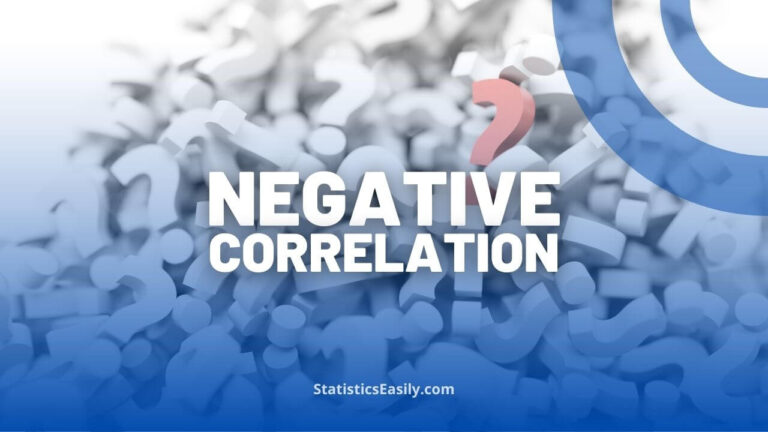Correlational Study: Unveiling Relationships Between Variables
In the realm of research, a correlational study is a pivotal methodology for exploring the intricate relationships between different variables. This type of study, crucial in fields ranging from social sciences to biology, does not delve into cause-and-effect dynamics but instead identifies patterns and associations that might exist among various factors.
At its core, a correlational study aims to measure and analyze the degree to which two or more variables are related. This relationship is quantified through correlation coefficients ranging from -1 to 1. A coefficient close to 1 indicates a strong positive correlation, meaning that as one variable increases, so does the other. Conversely, a coefficient near -1 signifies a strong negative correlation, where an increase in one variable corresponds with a decrease in the other. A coefficient around zero, however, suggests no apparent relationship.
The beauty of correlational studies lies in their ability to provide insights without the need for manipulative interventions. Researchers observe variables in their natural setting, preserving the authenticity of their interactions. This approach respects the inherent complexity of the variables. It upholds the ethical standards of research by avoiding potential harm through manipulation.
However, it is paramount to acknowledge the limitations of correlational studies. The most notable is the inability to infer causality. While two variables may show a strong correlation, this does not imply that one causes the other. External variables, often unaccounted for, may influence the observed relationship, leading to misconceptions if not carefully considered.
In conclusion, correlational studies serve as a lens through which we can perceive our world’s subtle and often complex relationships. They remind us of the interconnectedness of variables and encourage a humble approach to scientific inquiry, recognizing the limits of our understanding and the potential for unseen influences.
Ad Title
Ad description. Lorem ipsum dolor sit amet, consectetur adipiscing elit.
FAQs about Correlational Study
Q1: What is a correlational study? A correlational study is a research method used to identify and analyze the relationships between two or more variables without manipulating them.
Q2: How is correlation measured in these studies? Correlation is measured using correlation coefficients ranging from -1 (a perfect negative correlation) to 1 (a perfect positive correlation), with 0 indicating no correlation.
Q3: Can correlational studies prove causation? No, correlational studies cannot establish causation. They can only suggest that a relationship exists between variables, not that one variable causes changes in another.
Q4: What are some common uses of correlational studies? Correlational studies are widely used in psychology, education, health sciences, and social sciences to explore relationships between variables such as behavior, attitudes, and outcomes.
Q5: What are the limitations of correlational studies? The primary limitation is the inability to infer causality. Other limitations include the potential for third-variable effects and the assumption that the relationship between variables is linear.








